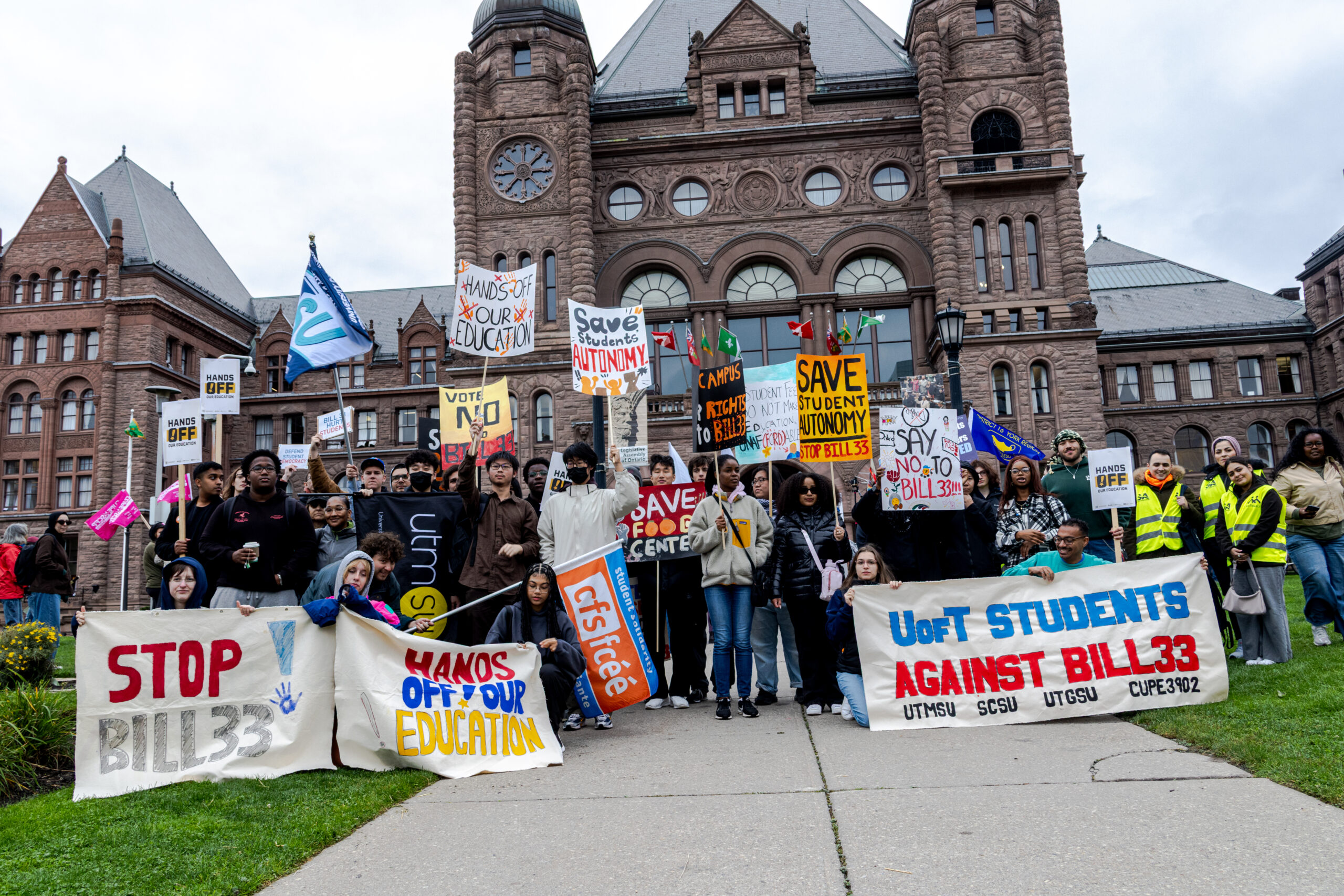Waterfront LRT project still in design and costing stage
Putting light rail transit (LRT) down by the waterfront has been in the works for the last 15 years, making those who live, work or study in the area, wait for a more reliable and renewable form of transportation.
While the project has endured stalls and even cancellations during its time, the Waterfront LRT seems to be back on track and moving ahead, with a design and funding plan expected in 2023.
Tim Kocur, executive director with Waterfront BIA, says the city has identified the project as a priority, however, it has been delayed by a year-and-a-half.
“The city has identified that the waterfront LRT is one of the next two transit priorities to fund. It’s not funded yet but it’s also literally not eligible for funding yet… So, the city is delayed in that. There’s probably a year and a half delay now in getting the 30 per cent [costed] design done. It looks like it’s now going to be middle of next year before the city has a plan that they can actually take to all three levels of government and hopefully to get funded,” said Kocur.
He adds that the City of Toronto has been improving on the original LRT plans, while also working with stakeholders in the area.
“The positive news in the last few months was that the city seems to be putting us all together to make a really strong case. Since I’ve been following this file, the city has made efforts to increase how far the LRT will go into the Port Lands and how they will more effectively do the staging where we know there’s going to be temporarily buses. But they’ve definitely made improvements.”
One of the biggest parts of this project, says Kocur, is the expansion of a tunnel which is estimated to cost $1 billion and comes with a potential construction timeline of 45 years.
While he calls a timeline like that ludicrous, he says he understands that construction is never easy and hopes the city can find a quicker solution.
Overall, Kocur estimates the project will cost up to $2.5 billion.
As the wait for an LRT system to become reality by the waterfront, some like Sri Krishna Rajan, director of communications and internal with the Student Association of George Brown College, believes the project being completed as quickly as possible will have an immense benefit not only for the area, but for post-secondary students.
“The expansion of connectivity will attract more investors and businesses to the waterfront, which will be very advantageous for students in many ways. It will also bring various job opportunities for students close to the college. The East LRT expansion will also provide aid by supplying greener, cleaner modes of transportation that benefit our environment and lower health risks while improving connectivity and making it easier for our students to get to our college,” said Rajan. “The student association will actively represent George Brown students, and we will keep monitoring the East LRT’s progress. We will support the waterfront BIA to give students access to a cleaner, greener transportation system. Students are the nation’s future; thus, it is essential for the city of Toronto to actively support and nurture their future.”
While the project is ongoing, Rajan believes the City of Toronto and GBC must step up and work to increase bus safety and try and provide cheaper transit passes for students.
Construction is estimated to start before 2030, with the first phase potentially completed early into the next decade, before the project completes in 2041.
A public consultation on the project will take place later this fall.
For more information on the project, visit www.waterfrontbia.com or www.toronto.ca.


